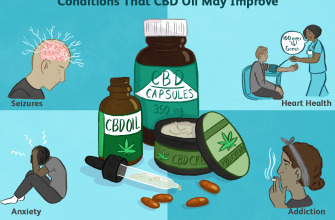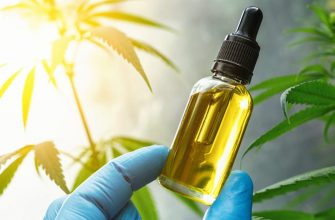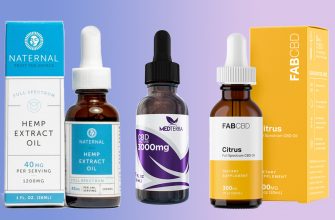medical marijuana. Today we are translating an article for you from the Harvard University blog. The link to the article in English (original) is below.
What is medical marijuana?
Few topics can evoke stronger emotions than doctors, researchers, politicians and the general public than medical marijuana. It’s safe? Should it be legal? Decriminalized? Has it been proven effective? Under what conditions is it useful? Is it addictive? How to keep teenagers away? Is this really the “miracle cure” people call it? Medical marijuana Is this just a ploy to legalize marijuana in general?
These are just a few questions on this topic, questions that I intend to avoid so that we can focus on two specific areas: Why is this good for patients and how can they discuss it with their doctor?
Marijuana is currently legal at the state level in 29 states and Washington. From the perspective of the federal government, this is still illegal. The Obama administration has not made medical marijuana prosecution an even lower priority. President Donald Trump vowed not to interfere with people who use medical marijuana, although his administration is currently threatening to reverse this policy. About 85% of Americans support the legalization of medical marijuana, and it is estimated that at least several million Americans are currently using it.
Marijuana without the effect of intoxication
The least controversial is the extract of the cannabis plant from CBD (deciphered as cannabidiol), because this component marijuana has few intoxicating properties. Marijuana contains over 100 active ingredients. THC (which stands for tetrahydrocannabinol) is the chemical that causes the “high” associated with marijuana use. Dominant strains CBD contain little or no THC, so patients report very little change in consciousness.
However, patients report many CBD, from relieving insomnia, anxiety, spasticity and pain to treating potentially life-threatening conditions such as epilepsy. One particular form of childhood epilepsy, called Dravet’s syndrome, is almost impossible to control, but it reacts violently to a dominant strain of marijuana called CBD, called Charlotte’s network. The videos about it are dramatic.
Use of medical marijuana
The most common use of medical marijuana in the United States is for pain relief. Though marijuana not strong enough for severe pain (such as post-surgery pain or a fracture), it is quite effective for the chronic pain that millions of Americans suffer from, especially as they age. Part of its appeal is that it is clearly safer than opiates (overdosing is impossible and much less addictive) and can replace non-steroidal anti-inflammatory drugs like Advil or Aleve if people can’t take them because of their problems. kidneys, ulcers, or GERD.
In particular, marijuana relieves the pain of multiple sclerosis and nerve pain in general. This is an area where there are several other options, and the likes of Neurontin, Lyrica, or opiates are very encouraging. Patients claim that marijuana allows them to continue their past activities without feeling completely lost.
Marijuana is said to be a fantastic muscle relaxant, and people swear by its ability to reduce Parkinson’s tremors. I have also heard of it being quite successful in fibromyalgia, endometriosis, interstitial cystitis and most other conditions where chronic pain is the last common route.
Marijuana also used to reduce nausea and weight loss, and to treat glaucoma. A very promising line of research is its use in post-traumatic stress disorder in veterans returning from a combat zone. Many veterans and their therapists are reporting drastic healing and outrage, calling for more research and easing of government restrictions. Medical marijuana has also been reported to help patients suffering from HIV-related pain and waste syndrome, as well as irritable bowel syndrome and Crohn’s disease.
This is not an exhaustive list, but rather a brief overview of the conditions that medical marijuana can make it easier. As with all measures, claims of effectiveness must be critically evaluated and considered with caution.
Talk to your doctor
Many patients are in a situation where they want to learn more about medical marijuanabut are embarrassed to talk to their doctor. This is partly due to the fact that the medical community as a whole does not pay enough attention to this issue. Doctors are now trying to catch up and trying to keep their patients up to date. Other patients are already using medical marijuana but don’t know what to say to their doctors because they fear being beaten or criticized.
My advice to patients is to be completely open and honest with your doctors and have high expectations for them. Tell them that you consider this part of your concern and that you expect them to be informed about it and that they can at least direct you to the right information.
I advise doctors: whether you are a supporter, neutral or medical marijuanapatients will accept it, and although we do not have rigorous research and gold standard evidence for medical marijuana. benefits and risks of marijuana , we must be aware of it, be open-minded and, above all, not judge it. Otherwise, our patients look for other, less reliable sources of information; they’ll keep using it, they just won’t tell us, and there’s a lot less trust and power in our doctor-patient relationship. I often hear complaints from other doctors that there is not enough evidence to recommend medical marijuana, but even less scientific evidence that we need to be stuck in the sand.
Original article: Harvard Health Publishing





